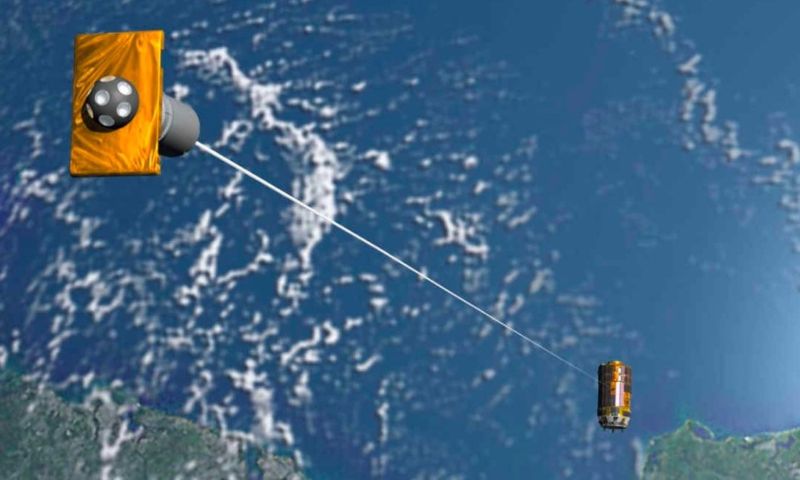Japan’s fishing line experiment in space fails to make a catch
Ars Technica » Scientific Method 2017-02-09

Enlarge / This is what the Japanese Space Agency's space tether should have done. Only it didn't. (credit: JAXA)
After a trash-laden Japanese cargo spacecraft undocked from the International Space Station in late January it still had one task to perform before it burned up in the atmosphere—test an innovative space debris removal technology.
The HTV-6 spacecraft left the station on January 27 after delivering 5 tons of food, water, experiments, and more. After its release, the HTV-6 moved away from the station and descended into a lower orbit. There, it was to conduct the KITE (Kounotori Integrated Tether Experiment) test, in which a 20kg mass would move away from the spacecraft and unspool a 700-meter tether.
This tether, built with the assistance of a fishing line company, was made of thin wires of stainless steel and aluminium. The general idea is that the electrodynamic tether would attract electrons from the ambient plasma in the upper reaches of Earth's atmosphere and that these electrons could power a "current drive." With this small but limitless source of power, engineers believed a tether could grapple onto space debris and nudge it into a lower orbit so that it would burn up in the atmosphere.